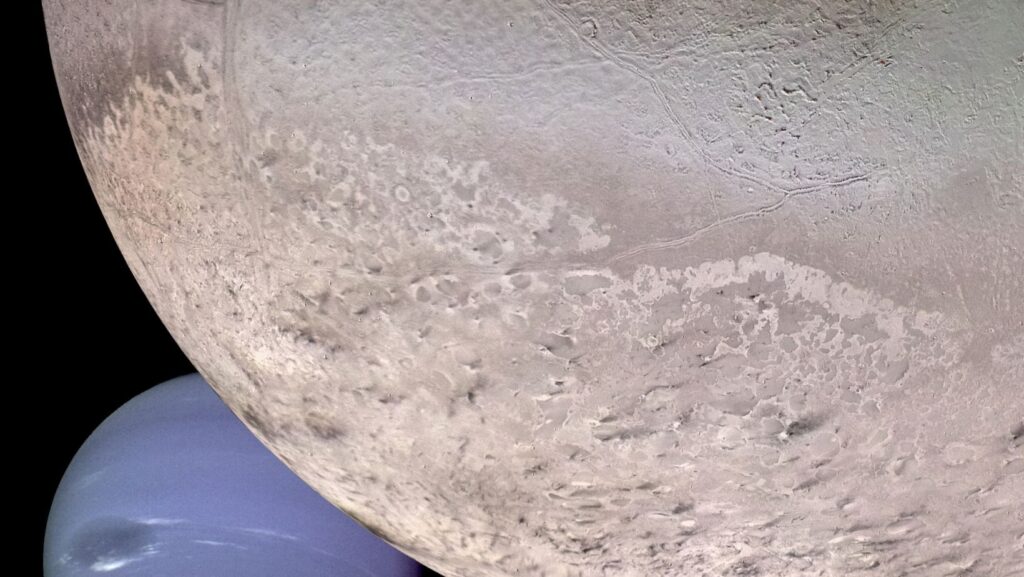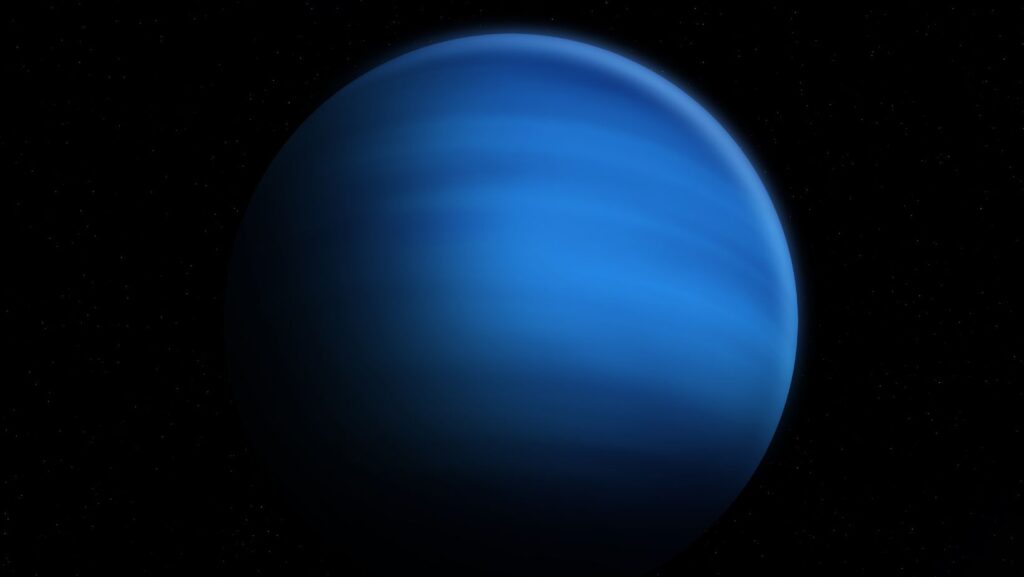Cool:jmx1axhxbsa= Neptune

Neptune, the distant blue giant of our solar system, captivates astronomers and enthusiasts alike with its mysterious allure and outdoor adventures. Known as the eighth planet from the sun, Neptune’s icy atmosphere and striking blue hue make it a fascinating subject of study. This enigmatic planet, discovered in 1846, continues to reveal secrets about the outer reaches of our celestial neighborhood.
As the windiest planet, Neptune boasts supersonic winds that defy expectations and challenge scientific understanding. Its dynamic weather patterns, including the famous Great Dark Spot, offer a glimpse into the complex and volatile nature of this gas giant. With a composition rich in hydrogen, helium, and methane, Neptune’s atmosphere creates a vivid spectacle that intrigues both seasoned astronomers and curious minds.
Exploring Neptune’s cool mysteries not only enhances our knowledge of the solar system but also inspires future generations to look beyond the stars. Its allure lies in the unknown, inviting us to delve deeper into the cosmos.
Overview Of Cool Neptune

Neptune, the eighth planet from the sun, exhibits temperatures averaging -214°C (-353°F), positioning it among the coldest in the solar system. Its striking blue hue arises from atmospheric methane absorbing red light, enhancing its cool appearance. The planet’s volatile weather includes winds topping 2,100 km/h (1,300 mph), among the solar system’s fastest. These conditions make Neptune a target of curiosity for astronomers. Its ice giant status results from a composition predominantly including water, ammonia, and other ices, distinguishing it from gas giants like Jupiter.
Unique weather patterns on Neptune, such as the Great Dark Spot, temporarily appear and vanish, illustrating the dynamic environment. These features, alongside its rapid rotation period (16 hours), contribute to understanding atmospheric processes. While distant and challenging to study, Neptune’s allure remains significant, encouraging advancements in astronomical technology and inspiring continued exploration.
Composition And Atmosphere
Neptune’s composition primarily consists of hydrogen, helium, and methane, similar to other ice giants. These elements account for roughly 98% of the planet’s atmosphere. Hydrogen makes up about 80%, helium about 19%, and methane about 1.5%. Methane plays a crucial role by absorbing red light, imparting Neptune’s distinct blue tint.
A deeper layer houses water, ammonia, and methane ices. This mixture forms a dense mantle enveloping a rocky core, which constitutes approximately 45% of the planet’s mass. The combination of gases and ices leads to a variety of cloud formations and dynamic weather phenomena.
The atmosphere contains bands of fast-moving clouds and intense storms. The high-altitude clouds, consisting mostly of methane ice crystals, contribute to the planet’s striking visual appearance. These formations change rapidly due to Neptune’s powerful winds.
Temperature in the atmosphere varies significantly with depth. The outer cloud layer reaches temperatures near -214°C (-353°F). Despite these frigid conditions, storm systems and cloud structures remain highly active, illustrating a complex atmospheric system. This dynamic nature, along with the high wind speeds, highlights Neptune’s volatile and intriguing environment for astronomers to study.
Temperature And Climate

Neptune’s temperature is among the coldest in the solar system, with the outer cloud tops reaching frigid extremes near -214°C (-353°F). These temperatures arise from its great distance from the sun. Despite the chilling environment, Neptune’s atmosphere remains turbulent. Evidence shows dynamic climate activity, where fast-moving winds sweep across the planet at speeds exceeding 2,100 km/h (1,300 mph). Such conditions create iconic storms, like the Great Dark Spot.
The planet’s climate features significant seasonal changes due to its 164.8-year-long orbit. As Neptune experiences each season, which lasts more than 40 Earth years, atmospheric changes become evident. Data indicates these seasonal changes impact cloud cover and storm activity. Consequently, Neptune’s distant orbit and unique rotational dynamics contribute largely to its fluctuating climate patterns.
Internal heat remarkably influences Neptune’s climate. Unlike other solar system giants, it emits more than double the heat it receives from the sun. This internal source may drive the extreme weather activity. Observations suggest that this excess heat possibly arises from gravitational contraction or phase changes in the interior. As a result, heat redistribution might fuel the planet’s persistent storms and transient features.

